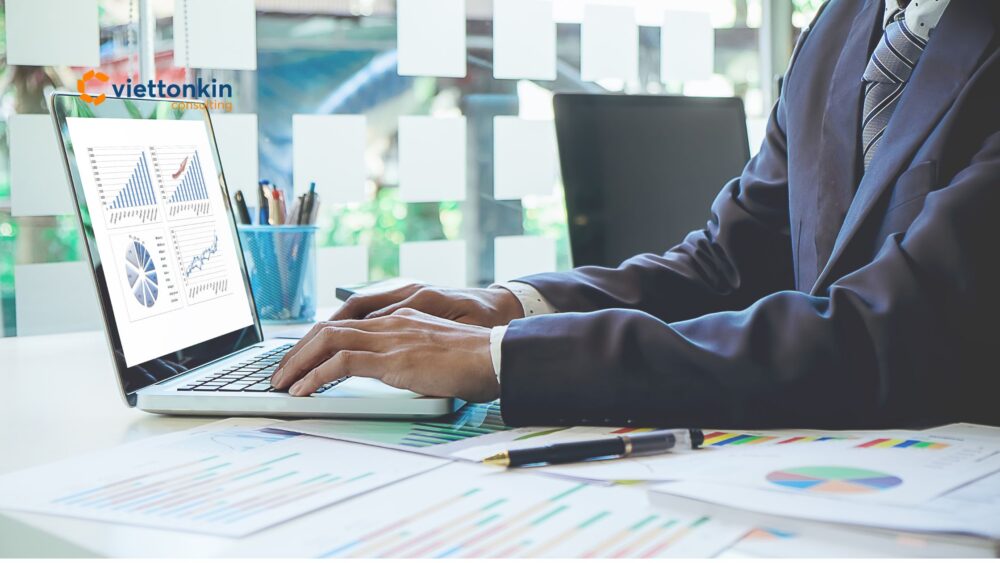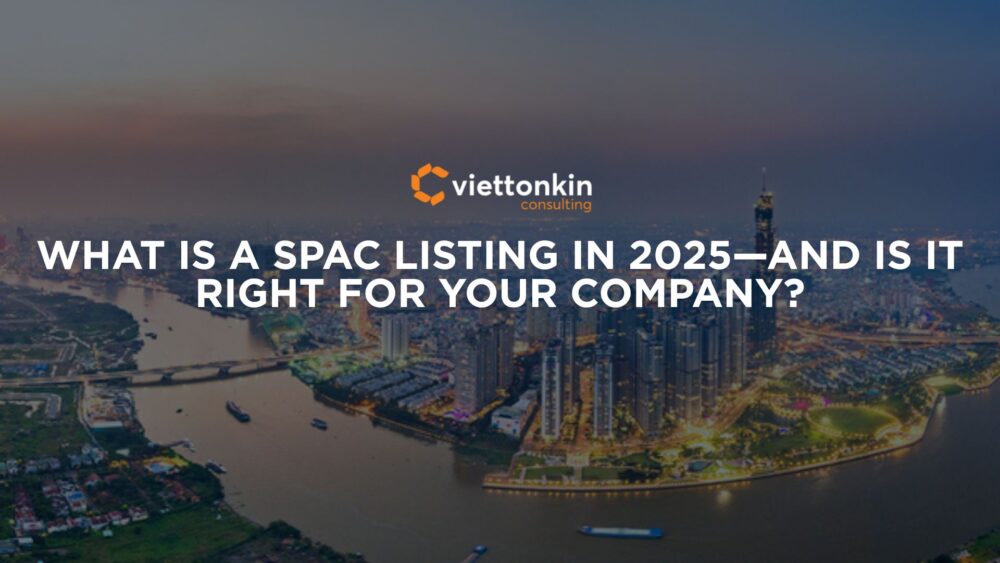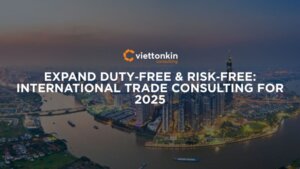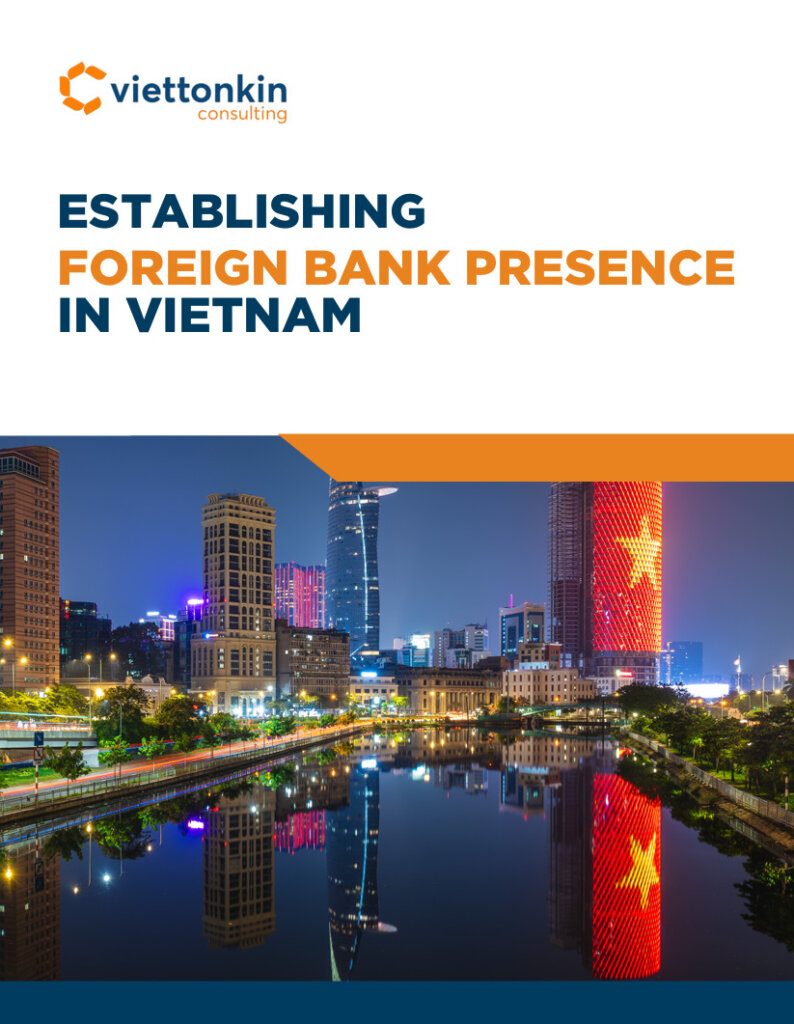Vietnam's food trade industry is one of the most dynamic sectors in the country. Fueled by an expanding middle class, rising disposable incomes, and shifting consumer preferences, the increasing demand for high-quality food products is undeniable. From bustling markets in Ho Chi Minh City to modern supermarkets in other major cities, the opportunity for both […]
Traditional IPOs often take 12–18 months of roadshows and underwriter negotiations—so many growth companies turn to SPACs for speed. But “fast” doesn’t mean “easy.” With two decades guiding ASEAN issuers under SEC rules and EU Prospectus Regulation, I’ve seen that rigorous due diligence and robust governance are the real keys to SPAC success.
Key Takeaways:
- SPACs Return with Rigor: Post‑2021 pullback, SPAC sponsors now target quality assets, with SEC’s enhanced S‑1 scrutiny on forecasts and sponsor conflicts—so only well‑prepared issuers will clear the bar.
- Speed vs. Pricing Risk: SPACs close in 3–6 months post‑merger agreement—versus 12–18 months for an IPO—but you lock in valuation upfront in an S‑4 proxy filing, trading off market price discovery for deal certainty.
- Heightened SEC Scrutiny: De‑SPAC mergers now demand detailed forward‑looking financials in Form S‑4 and robust conflict‑of‑interest disclosures. Audit readiness under PCAOB standards from Day 1 is non‑negotiable to avoid deal delays.
- Transformation, Not Transaction: De‑SPAC readiness means adopting SOX‑style controls, installing an independent board (audit, compensation committees), and aligning accounting to US GAAP/IFRS—all before merger closing.
- Strategic, Not Shortcut: When backed by experienced sponsors and supported by a PIPE (Private Investment in Public Equity), a SPAC can turbocharge capital raises and global profile—provided you navigate the legal, accounting, and investor‑relations demands fully.

Understanding the SPAC Structure and Lifecycle
What Is a SPAC and How It Works
An SPAC (Special Purpose Acquisition Company) is a “blank check” vehicle formed by sponsors—often private‑equity or industry veterans—to raise capital via IPO and hold it in trust under SEC Rule 419, without any initial operations. SPACs have 18–24 months to identify, negotiate, and merge with a target, effectively taking the private company public.
SPAC Deal Timeline from Both Sides
The SPAC lifecycle is a two-act play.
Act I: The SPAC IPO.
- Form SPAC, file Form S‑1 with the SEC.
- Raise capital, list on NYSE/NASDAQ.
- Funds held in trust per Rule 419 until merger.
Act II: The De-SPAC Merger.
- Identify and vet target; conduct full due diligence under PCAOB audit standards.
- File Form S‑4 proxy and Definitive Proxy Statement.
- SPAC shareholders vote; upon approval, merger closes—target replaces SPAC ticker.
Raising Capital through SPAC IPOs
Raising capital through a Special Purpose Acquisition Company (SPAC) IPO has become an increasingly popular option for private companies looking to go public. In this process, a shell company—often referred to as a blank check company—is created by experienced sponsors or industry veterans with the sole purpose of raising capital from investors. The capital is held in trust until the SPAC identifies and acquires a promising private company which then becomes a publicly traded company through the merger.
Unlike the long and uncertain process of a traditional IPO, a SPAC IPO allows private companies to access the public markets and raise capital faster and more efficiently. This is why SPAC IPOs are especially attractive to private equity sponsors and companies in fast moving industries where time and certainty are key.
Investors in SPAC IPOs get to participate in the growth of a private company while also leveraging the expertise of seasoned sponsors who know how to identify high potential acquisition targets. For private companies, the SPAC route offers a unique combination of speed, access to capital and the ability to partner with industry leaders as they become a publicly traded entity.
Role of Sponsors in a SPAC
Sponsors are the engine behind every successful Special Purpose Acquisition Company (SPAC) transaction. Typically these sponsors are industry veterans or private equity experts who bring deep sector knowledge and a strong network to the table. Their role begins with forming the SPAC and raising capital through an initial public offering (IPO) but their involvement goes far beyond the fundraising stage.
Once the SPAC is listed, sponsors use their expertise to find a private company with growth potential. Their interests are aligned with investors as sponsors usually get a significant equity stake in the combined entity post-merger. This alignment encourages sponsors to choose high quality targets and drive value creation for all shareholders.
Beyond the transaction itself, sponsors often provide strategic guidance and support to the management team of the acquired company. Their experience in navigating public markets can be invaluable in helping the newly public company adapt to its new environment and meet public investor expectations. In short, the right sponsors can make the difference between a successful SPAC transaction and one that fails, making their expertise and commitment a key consideration for any private company considering this path.
SPAC vs IPO: Which Is Right for You?
Timelines, Costs, and Market Exposure
Choosing between a SPAC and an IPO requires a clear view of the trade-offs. An IPO roadshow is like a public auction for your company’s shares, while a SPAC is more like a private sale negotiation that then becomes public. Market conditions can significantly impact the success and timing of an IPO, as bad economic conditions or market volatility can delay or reduce the effectiveness of the offering, whereas a SPAC listing can sometimes mitigate these risks by locking in valuation before market exposure.
| Feature | Traditional IPO | SPAC Listing |
|---|---|---|
| Timeline | 12–18+ months | 3–6 months from merger agreement to close |
| Valuation | Determined by market during roadshow (price discovery) | Negotiated and fixed upfront with the SPAC sponsor |
| Market Risk | High – a volatile market can derail the IPO | Lower – valuation is locked in before market exposure |
| Key Cost | Underwriter fees (typically 5–7%) | Sponsor “promote” (~20% equity dilution) |
| Control | More control over the process and narrative | Shared control with SPAC sponsors, who become partners |
| Public Exchange | Shares are listed and traded on a public exchange | Shares are listed and traded on a public exchange |
With a SPAC, you get valuation certainty early in the process. This can be a big advantage in volatile markets. Additionally, SPAC deals often have PIPE financing (Private Investment in Public Equity) where institutional investors commit to buying shares at the time of the merger. PIPE financing plays a critical role in the SPAC merger process by providing additional capital to support the transaction and ensure sufficient funding before the merger closes, while also validating your valuation.
Company Type Suitability
A SPAC is not for everyone. It’s best for:
- Mid-to-late stage growth companies with a strong story and proven business model.
- Companies in sectors that are attractive to public market investors, like tech, green energy and healthcare.
- Cross-border companies, especially from ASEAN, looking for visibility and access to capital that a US or European listing provides.
Due Diligence and Regulatory Traps in SPAC Listings
What Regulators Look for in De-SPAC Filings
The regulatory environment for SPACs has become much stricter. The US Securities and Exchange Commission (SEC) now scrutinizes de-SPAC transactions as closely as a traditional IPO. As reported by Reuters in June 2025, while stock exchanges are in talks with the SEC to potentially ease some regulations for public companies, the bar for entry is very high, especially for disclosures in merger filings like the Form S-4. It’s essential to provide all necessary information in the proxy statement and other disclosures to ensure transparency and build investor confidence.
Governance, Forecasts and Litigation Risk
One of the biggest changes is the liability attached to financial forecasts. The safe harbor for forward-looking statements is less certain in SPAC deals, meaning you and your new board can be held accountable for overly optimistic projections. This has led to more shareholder litigation. As legal experts at Scarinci Hollenbeck noted in a 2025 report, the “SPAC comeback” is characterized by higher quality sponsors and more due diligence, so the onus is on the target company to be prepared.
Red Flags That Kill the DealIt can all fall apart quickly. Watch out for:
- Sponsors whose expertise doesn’t align with your industry.
- A small or non-existent PIPE, meaning no institutional confidence.
- Weak internal financial controls that make a public company audit impossible.
- High investor redemption rates where SPAC shareholders opt to get their money back instead of participating in the merger.
US vs Europe via SPAC: What ASEAN Companies Need to Know
NASDAQ and NYSE Listing Paths
For an ASEAN company, listing in the US via a SPAC means becoming a Foreign Private Issuer (FPI). This requires preparing financials that comply with US GAAP or IFRS and undergoing an audit by a firm registered with the Public Company Accounting Oversight Board (PCAOB). You will also become subject to US securities laws, including the Sarbanes-Oxley Act (SOX).
SPAC Pathways for ASEAN Companies
The typical structure involves your ASEAN operating company being acquired by a newly formed holding company in a jurisdiction like the Cayman Islands or Singapore. This holding company then merges with the US listed SPAC. This requires careful tax and legal structuring to be efficient and compliant.
SPAC Readiness: Governance, Forecasting and Audit
Preparing Financials for De-SPAC Merger
This is often the hardest part. You must transition your accounting from local standards (like VAS in Vietnam) to the rigorous standards of US GAAP or IFRS. This process can take 6 months or more and requires expert guidance to avoid restatement risks down the line. As analysis from Colonial Stock Transfer suggests, the current market demands a higher level of preparation from target companies than in the past.
Building a SPAC Ready Governance Team

Your pre-merger board won’t be sufficient. You need to build a public company board with independent directors, an audit committee and a compensation committee. You also need to hire or contract legal counsel and investor relations professionals who are fluent in public market communications.
Maintaining Shareholder Confidence Post Listing
Going public is the starting line, not the finish line. You must have a clear roadmap for investor relations, be prepared for quarterly earnings calls and proactively manage shareholder expectations.## SPAC Growth and Momentum: Market Trends and Insights
The rise of Special Purpose Acquisition Companies (SPACs) has been one of the most significant trends in capital markets in recent years. The SPAC market has exploded with a surge in SPAC IPOs and high profile mergers that has changed how private companies approach going public. According to Harvard Business Review, the number of SPAC IPOs increased by over 500% in 2020 compared to the previous year, proving the growing popularity of this alternative to traditional IPOs.
This momentum is driven by several factors: private companies wanting to access public markets more efficiently, investors looking for new opportunities and experienced sponsors who can identify and acquire good businesses. The flexibility and speed of the SPAC process has made it especially attractive in industries undergoing rapid transformation, such as fintech, clean energy and technology.
As more companies and investors understand the benefits of SPACs, the market will continue to evolve with new structures and strategies emerging to meet the needs of private companies and public market participants. The result is a dynamic ecosystem where SPACs are not a trend but a permanent fixture in the landscape of public company financing.
SPAC Future and Strategic Considerations
Looking ahead, the future for Special Purpose Acquisition Companies (SPACs) looks bright with continued innovation and growth expected in the spac market. As purpose acquisition companies (SPACs) mature, we will see new strategies emerge, such as targeting companies in cutting edge industries or developing creative financing structures to attract top tier acquisition targets. But with this growth comes increased scrutiny from regulators and investors, especially as new rules and regulations are introduced by the SEC and other authorities.
For companies considering a SPAC transaction, it’s essential to weigh the benefits – faster access to public equity and the expertise of seasoned sponsors – against the risks – increased regulatory oversight and need for robust governance. The track record and alignment of interests between sponsors and investors should be a key factor in the decision making process. Staying informed about evolving rules and best practices will be critical to compliance and maximizing the benefits of a SPAC listing. By approaching the process strategically and with a clear understanding of the current landscape, companies can position themselves to take advantage of the opportunities that SPACs offer in the ever changing world of capital markets.
Conclusion: SPACs aren’t a shortcut – they’re a strategy
Going global through a SPAC can be a big, game changing move for an ambitious ASEAN company. It offers speed and valuation certainty that a traditional IPO can’t. But it requires a disciplined and strategic approach. It trades the uncertainties of the market for the certainties of intense regulatory scrutiny and operational excellence.
Ready to unlock your growth now? Viettonkin helps ASEAN companies navigate the complexities of SPAC transactions with legal, financial and market expertise. Let’s start with a readiness audit to see if a SPAC is the right strategy for you. Only forward.
You might also like: Digital Transformation in Vietnam: A Strategy That Aligns Growth with Global Tech Trends












